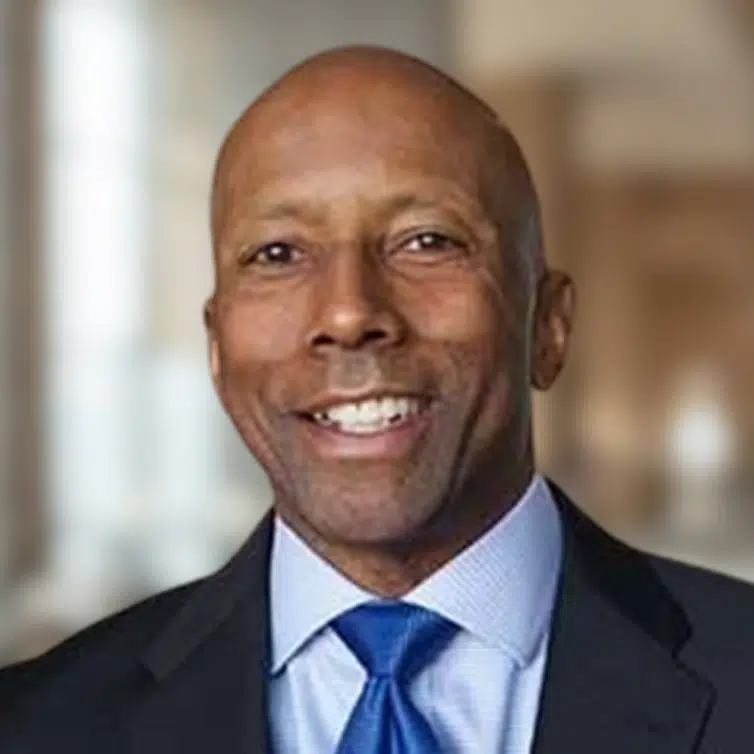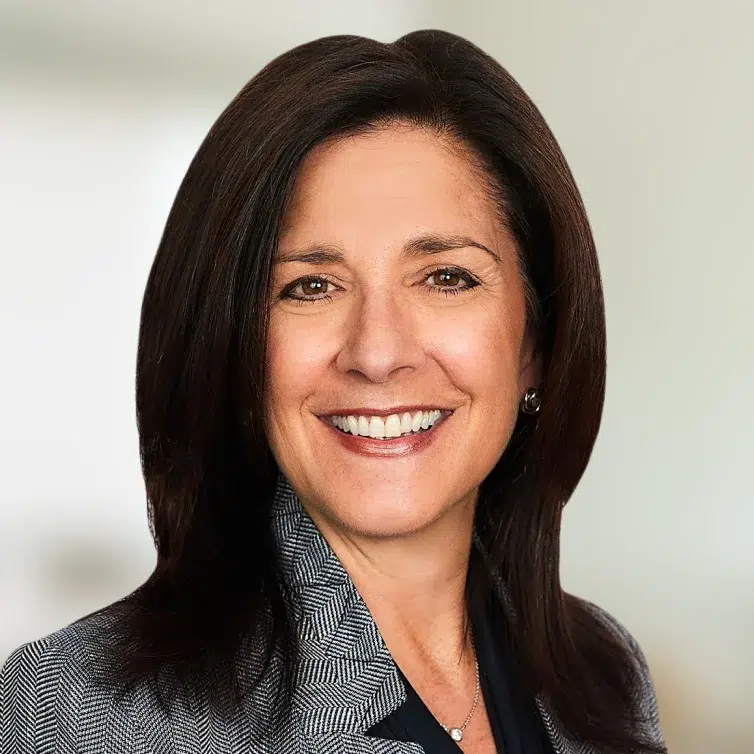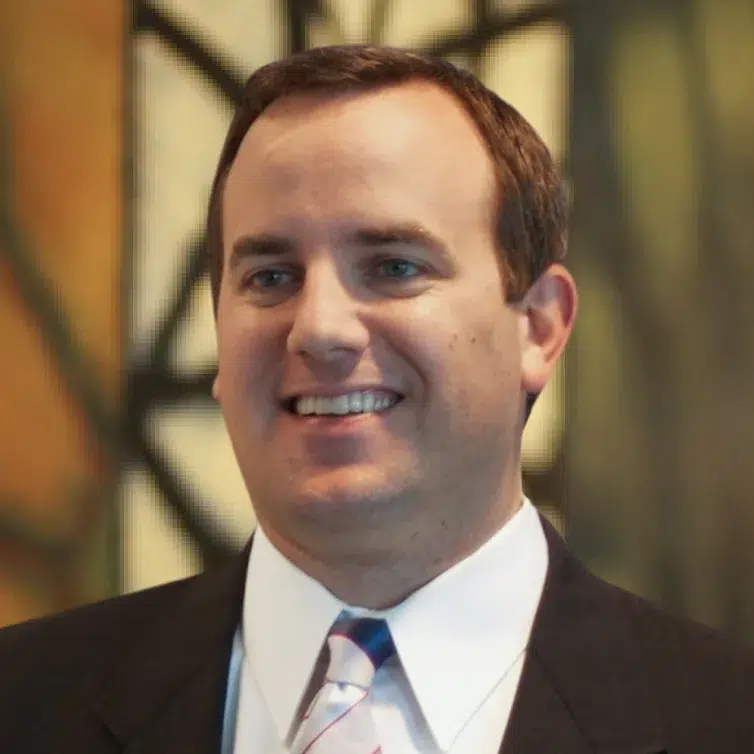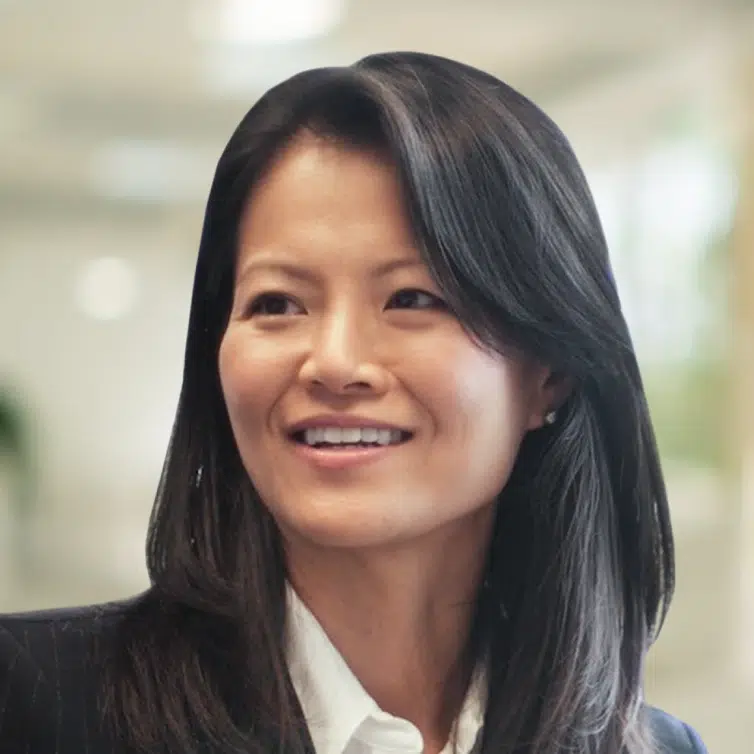
A third way for companies to go public gains popularity
For most people, 2020 will be remembered as the year of COVID-19. Yet, for many in the investment industry, particularly in the tech sector, this year may be better remembered as the year of the SPAC.
According to SPACResearch.com, the number of SPACs created has grown from less than 20 in 2016 to over 130 in 2020, as of October 14. More than $53 billion has been raised, and there are about 200 active SPACs. Some of these have announced a business combination, but the majority are still looking for an acquisition candidate. Among the best-known companies that have gone public via the SPAC route are Virgin Galactica, DraftKings and Nikola.
What is a SPAC?
A special purpose acquisition company, or SPAC, is often referred to as a “blank check” company. It is essentially a shell company that doesn’t make or sell anything. The sole purpose for creating a SPAC is to raise capital that can then be used to acquire a business through a merger, share exchange or purchase. For the target company, this is a fast and relatively easy way to become a public company and gain liquidity.
SPACs are not new, but they’ve evolved over time and exploded in popularity over the last two years. Private companies now have three very good options to choose from as they consider going public.
The old ways
In past years, most companies wishing to go public did so via a traditional initial public offering (IPO). In this scenario, a company would hire an investment bank to underwrite and generate interest in the company shares. The investment bank would schedule a roadshow where the company and the bankers travel from city to city, meeting with potential investors to tell the company’s story and entice them to submit large orders to purchase stock shares at the IPO price. However, the traditional IPO process is expensive, and they almost always underprice the shares of the company, costing the issuing company millions of dollars.
While the traditional IPO has remained the most popular route, over the last few years, we have also seen several companies opt to go public via a direct listing.
As the name implies, a direct listing sells stock directly to investors without engaging an investment bank to help market the shares. Instead, the shares start selling at what investors are willing to pay. The downside to the direct listing process is no new shares are issued, and no new money is raised for the firm. However, regulators are currently considering new rules that would allow a private company to raise additional cash in a direct listing.
As we described in a previous fathom post, a direct listing removes some of the problems surrounding the traditional IPO process. The most well-known direct listings are Spotify Technology and Slack Technologies, which went public in 2018 and 2019, respectively. Palantir Technologies and Asana Inc. became public using direct listings this year. Airbnb also considered a direct listing but then decided to go the traditional IPO route because it needed to raise additional cash to get through the COVID-19 pandemic.
The latest thing
As an alternative to the traditional IPO or a direct listing, SPACs have become increasingly popular over the last few years. The latest incarnation of SPACs is very different from the earlier generations of blank check companies. The sponsors who are raising money by creating SPACs now involve some of the savviest investors around, including individuals and teams who have identified and operated successful businesses. The list of high-profile investors who have or will launch SPACs in 2020 include billionaires Bill Ackman, Chamath Palihapitiya, Richard Branson, and most recently Reid Hoffman, a partner at venture capital firm Greylock. Reid says SPACs offer “innovation and speed” to the process of going public. Others getting involved in the SPAC frenzy include basketball great Michael Jordan and former U.S. House Speaker Paul Ryan.
In addition to bringing a higher level of investment expertise, SPACs today are also much more likely to focus on an industry sector, making them more attractive to late-stage venture firms that are considering going public. Another plus is the sponsor often remains a valuable partner and takes a seat on the board after the business combination is completed. In a traditional IPO, the investment bank’s involvement ends after they sell the shares.
The rush of new SPACs is clearly good news for companies looking to go public. With so many blank check companies with money to invest, the private companies can afford to be choosey. The competition for the best private companies has also forced SPACs to offer more attractive terms.
A private company can pull two main levers when negotiating terms with a SPAC:
- The promote
- The warrants attached to the SPAC shares
The promote is the amount of shares the sponsor receives for free when the SPAC is created. Traditionally, the sponsor has taken 20% of the shares, but some more recent SPACs have been launched with less. Also, some SPACs set performance benchmarks that the new company must meet before the sponsor receives its promote shares.
When most SPACs are launched, investors receive both common shares and warrants, which give the holders the right to buy additional shares at a discounted price. After the public offering, these warrants will trade separately from the SPAC shares until they are exercised. The exercise of warrants dilutes the value of shares outstanding, so operating companies should look for SPACs with fewer warrants when choosing a partner. In response to the greater competition, some of the latest generation of SPACs have been structured without warrants. Others have reduced the value of each warrant, meaning holders may need three, four or even five warrants to purchase one share. In the past, typically each warrant would entitle the holder to buy half of a share.
Recent activity
The poster child for the new era SPAC is probably Bill Ackman’s Pershing Square Tontine Holdings, which raised a record $4 billion in a public offering in July. This blank check fund is set up so that the sponsor can only take its promote if the target company meets specific performance goals. Also, while the SPAC has warrants, they are structured to encourage investors to stay invested longer after the merger.
The Pershing Square offering has set the bar very high because it believes this will allow them to attract a very high-quality merger partner. Other offerings that want to compete for the same type of company will need to structure their SPACs similarly.
Besides the Pershing Square SPAC, other large SPACs include Social Capital Hedosophia Holdings III, Churchill Capital Corp. III and Therapeutics Acquisition. The biggest SPAC merger this year was United Wholesale Mortgage combined with Gores Holding IV.
Should your firm use a SPAC to go public?
With more than 150 SPACs looking for target businesses to merge with, we will undoubtedly see more companies going public via this route in the future.
Combining with a SPAC is proving to be a popular choice for the following advantages:
- Set share price. SPACs avoid a lot of the uncertainty surrounding the sell price of the shares. The private company negotiates with the sponsor and sets the price instead of waiting to see what the price will be after the IPO has been announced and the investment banker starts marketing the offering. This feature is especially attractive when the stock market is volatile like it is now.
- Better pricing. A SPAC avoids the IPO “pop” that often occurs on an IPO’s first day of trading. The pop can be exciting to see, but it represents money that the company could have kept for itself if the IPO had been priced correctly.
- Faster execution. The SPAC route is usually faster than a traditional IPO or a direct listing. From start to finish, combining with a SPAC and starting trading can take just two or three months. This gives the company faster access to the cash it needs to grow its business.
Despite the pandemic, 2020 has been a big year for public offerings, and many private companies are jumping through this window of opportunity. Becoming a publicly traded company is a big achievement for any firm, and there are now three viable paths to reach that goal. For the chief executive officer or chief financial officer of a company that’s planning to go public, getting good advice on which option to choose is more important than ever. Be sure to consult with a financial advisor with expertise in SPACs to set you on the path to success.

 Talk to us
Talk to us 












